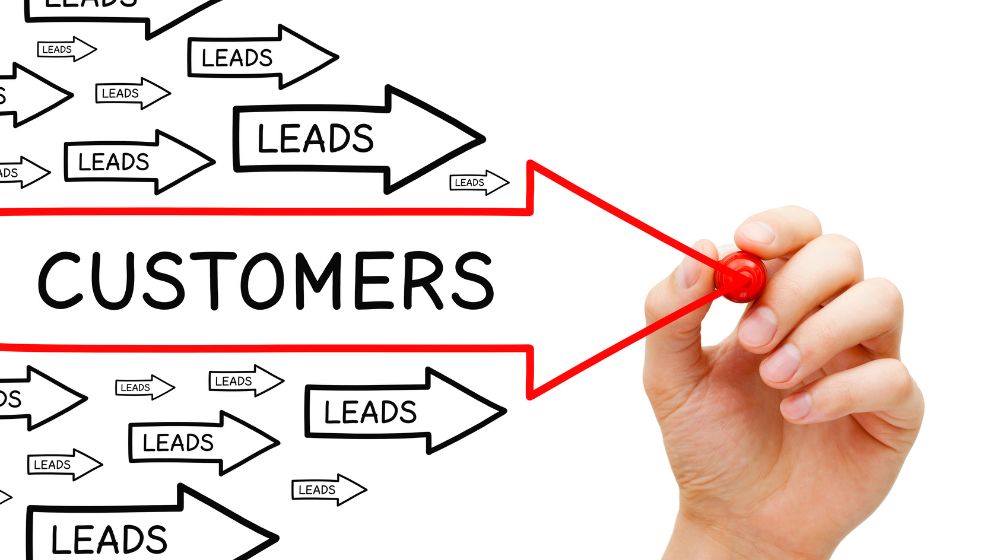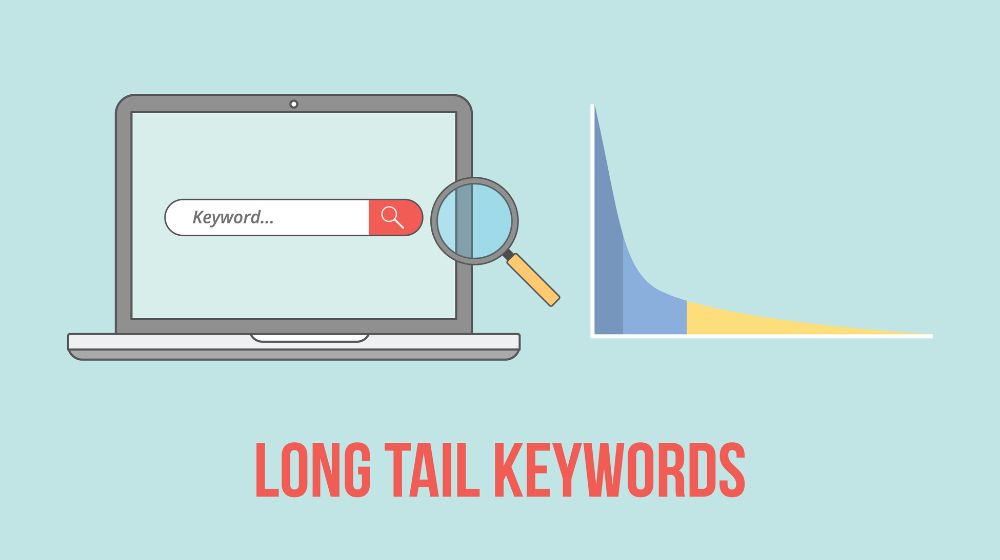Unlocking the Power of Content Conversion: Turning Readers into Customers
In today’s digital age, content is king. From blog posts and social media updates to videos and podcasts, businesses are constantly creating content to engage with their audience. However, while creating compelling content is essential, the ultimate goal is to convert those readers into paying customers. In this article, we’ll explore the strategies and techniques you can use to maximize your content conversion rate and turn your audience into loyal customers.
Understanding Content Conversion
Content conversion refers to the process of turning passive readers or viewers into active customers. It’s about guiding your audience through a journey that starts with discovering your content and ends with taking a desired action, whether it’s making a purchase, signing up for a newsletter, or requesting more information.
Key Strategies for Content Conversion
Know Your Audience: The first step in driving content conversion is understanding your target audience. What are their pain points, interests, and preferences? Tailor your content to address their needs and provide value that resonates with them.
Create Compelling Content: High-quality, engaging content is the foundation of successful content conversion. Whether it’s a blog post, video, or social media update, ensure that your content is informative, entertaining, and relevant to your audience.
Optimize for Conversion: Optimize every aspect of your content for conversion. From attention-grabbing headlines to persuasive calls to action, every element should be designed to prompt your audience to take the next step.
Utilize Conversion Funnels: Implement conversion funnels to guide your audience through the conversion process step by step. Start with awareness-building content to attract new visitors, then move them through consideration and decision stages towards making a purchase.
Provide Social Proof: Incorporate social proof elements such as customer testimonials, case studies, and reviews to build trust and credibility with your audience. Showcasing real-life examples of satisfied customers can help alleviate any doubts and encourage conversions.
Track and Analyze Performance: Regularly monitor your content performance using analytics tools to identify what’s working and what’s not. Pay attention to metrics such as engagement rates, conversion rates, and bounce rates, and use this data to refine your content strategy.
Continuously Improve: Content conversion is an ongoing process of testing, learning, and optimization. Stay informed about industry trends, experiment with new formats and channels, and continuously iterate on your content to stay ahead of the competition.
Incorporating SEO Conversion Content
In addition to optimizing for content conversion, it’s essential to consider SEO conversion content strategies. By incorporating relevant keywords such as “conversion content” and “SEO conversion content” into your content, you can improve its visibility and attract more qualified leads to your website. Conduct keyword research to identify high-value keywords related to your industry and target audience, and strategically integrate them into your content to improve your search engine rankings and drive organic traffic.
Content conversion and SEO conversion content are critical components of a successful digital marketing strategy. By understanding your audience, creating compelling content, and optimizing for conversion and SEO, you can turn your readers into loyal customers and achieve meaningful results. Remember to track your performance, incorporate social proof, and continuously improve your content to stay ahead of the competition. With the right strategies in place, you can unlock the full potential of your content and drive business growth.
Unlocking Content Conversion: From Readers to Customers In a Nutshell:
In today’s digital landscape, content reigns supreme. Businesses, through blog posts, social media updates, videos, and podcasts, continually engage with their audiences. Yet, the ultimate aim transcends mere engagement; it’s about converting these readers into paying customers. This article delves into strategies to maximize conversion rates and foster customer loyalty.
Understanding Content Conversion
Content conversion entails transforming passive readers or viewers into active customers. It navigates audiences from content discovery to desired actions—be it a purchase, newsletter signup, or information request.
Key Strategies for Content Conversion
- Know Your Audience: Understand their pain points, interests, and preferences to tailor content that resonates.
- Create Compelling Content: Deliver informative, entertaining, and relevant content across various formats like blog posts, social media updates, and videos.
- Optimize for Conversion: Craft attention-grabbing headlines and persuasive calls to action to prompt action on landing pages.
- Utilize Conversion Funnels: Guide audiences through awareness, consideration, and decision stages with a clear call to action.
- Provide Social Proof: Incorporate testimonials and case studies into your content marketing strategy to build trust and encourage conversions.
- Track and Analyze Performance: Monitor engagement, conversion rates, and bounce rates to refine strategies and create high-converting content.
- Continuously Improve: Stay abreast of trends, experiment with formats, and iterate content for ongoing optimization to drive conversions.
Incorporating SEO Conversion Content
Optimize content for search engines by integrating keywords relevant to conversion, content creation, and increasing conversions. Strategically employ these keywords to enhance visibility and attract qualified leads. Ensure your content creation is easy to read and resonates with your audience’s pain points at a high level.
Achieving Conversion Success
By implementing these strategies, businesses can unlock the potential of their content, driving conversions and business growth. Remember to optimize your content for search engines to appear in relevant search results and build an engaged email list.



